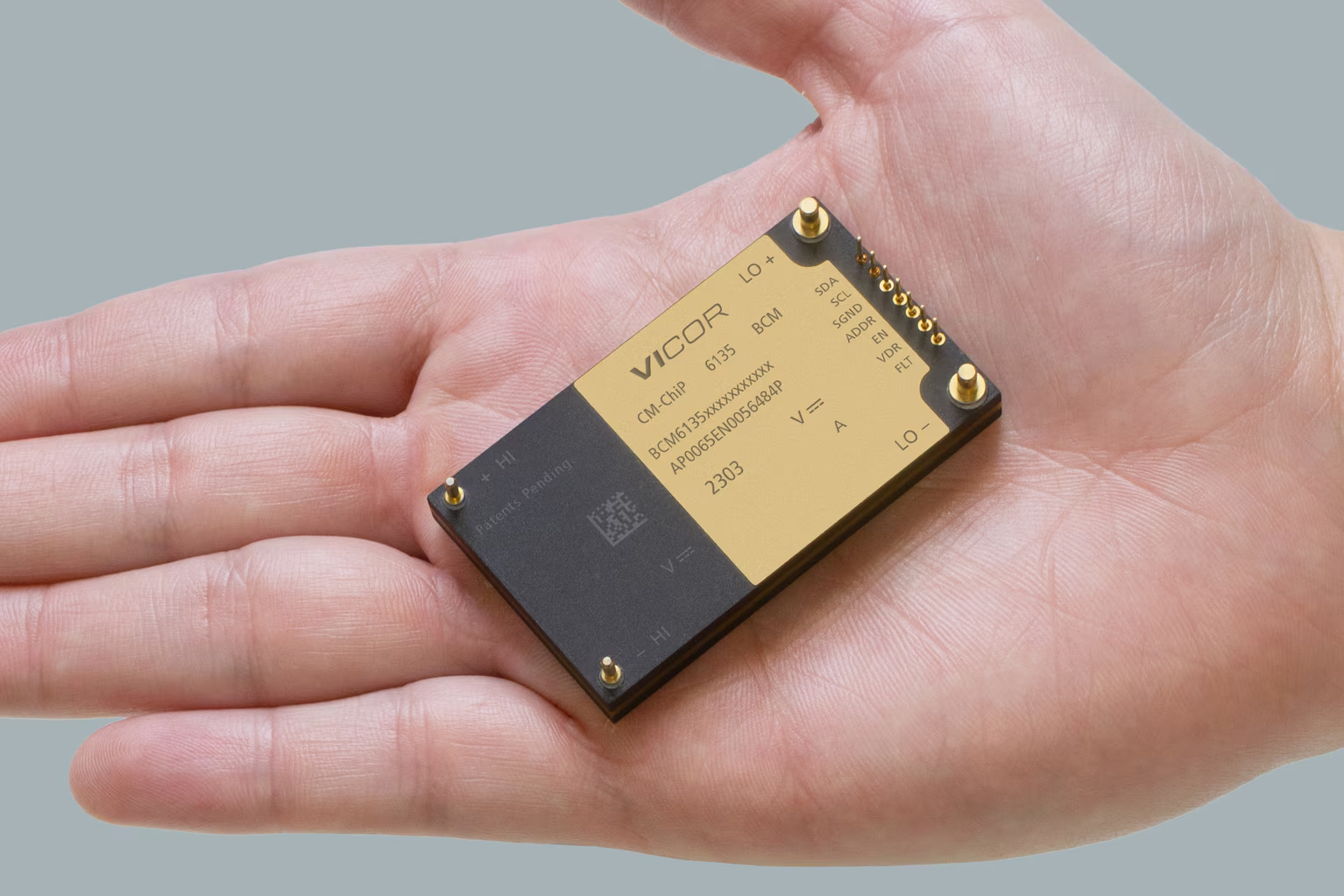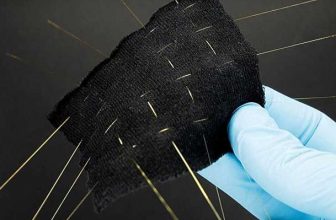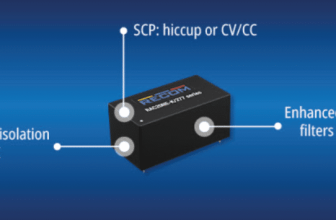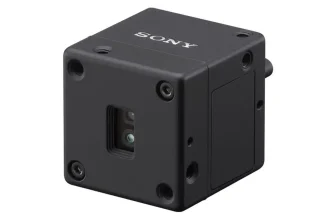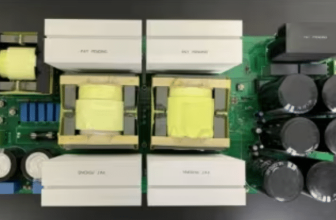
Check out our latest products
Researchers at the University of Surrey unveil a transistor that could slash display screen costs, boost brightness, and dramatically reduce environmental impact—without overhauling existing manufacturing lines.

A new type of transistor developed by scientists at the University of Surrey could revolutionize how display screens are made—cutting costs, reducing waste, and improving both energy efficiency and visual performance.
The innovation centers on a novel component known as the multimodal transistor (MMT). Originally designed for AI hardware, the MMT is now being touted as a transformative upgrade for the electronics that power smartphone, smartwatch, and medical device screens.

Unlike traditional thin-film transistors (TFTs), which dominate today’s display technology, the MMT capitalizes on electrical characteristics usually seen as flaws. “Instead of avoiding the energy barriers between metals and semiconductors, we’ve made them fundamental to how the MMT works,” explains Dr. Radu Sporea, associate professor in semiconductor devices at Surrey.
This shift in approach allows the MMT to simplify the circuitry behind displays, requiring fewer components and fewer manufacturing steps. That not only trims production costs and material usage, but also opens the door to more compact, brighter, and power-efficient screens. “This means longer battery life for devices and a greener, cheaper path for manufacturers,” adds Dr. Sporea.
The MMT is already showing strong performance in simulations and is compatible with cutting-edge display types like AMOLED and microLED—without needing new manufacturing infrastructure. That makes the technology both scalable and commercially attractive.
Co-developer Dr. Eva Bestelink, a research fellow in thin-film devices, calls the MMT’s potential “incredibly rewarding.” She’s worked on the concept since her undergraduate years, inspired by the way neurons function. “The MMT lets us rethink display circuits for the better—technically, economically, and environmentally.”
Beyond displays, the technology may find future applications in imaging sensors, microfluidics, and even AI hardware—hinting at broader implications for sustainable electronics. The MMT is already patented in the U.S., with global interest growing as industries seek smarter paths to Net Zero goals.


![[5G & 2.4G] Indoor/Outdoor Security Camera for Home, Baby/Elder/Dog/Pet Camera with Phone App, Wi-Fi Camera w/Spotlight, Color Night Vision, 2-Way Audio, 24/7, SD/Cloud Storage, Work w/Alexa, 2Pack](https://m.media-amazon.com/images/I/71gzKbvCrrL._AC_SL1500_.jpg)



![[3 Pack] Sport Bands Compatible with Fitbit Charge 5 Bands Women Men, Adjustable Soft Silicone Charge 5 Wristband Strap for Fitbit Charge 5, Large](https://m.media-amazon.com/images/I/61Tqj4Sz2rL._AC_SL1500_.jpg)

